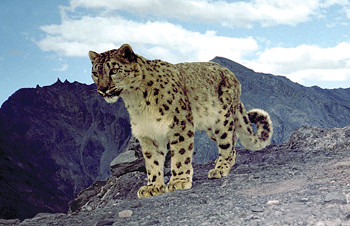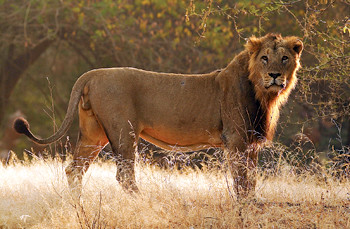This book represents the combined efforts of the region’s finest field biologists, including Nepal’s red panda expert Pralad Yonzon

RODNEY JACKSON/ SNOW LEOPARD CONSERVANCY
“What use is this,” a friend remarked, flipping through the 614 pages that comprise Volume 1 of Mammals of South Asia. “What can I get here that I can’t get on the Internet?” George B Schaller’s foreword duly came to the rescue.
The world’s preeminent field biologist notes that his early research into mammals in India revealed “interesting anecdotes, unsubstantiated generalisations, and frequent observations along the barrel of a rifle, but all too little dependable information about animals leading natural lives.” He then declares that Mammals of South Asia represents “a milestone in the natural history of the subcontinent, an indispensable detailed source of information of value to everyone interested in mammals, whether layperson or scientist.” My friend nodded in acknowledgement.
This labour of love will leave many similarly satisfied. Volume I and II (forthcoming) cover 574 mammal species in considerable detail, under such categories as description, taxonomy, distribution, ecology, behaviour, and conservation. The text, lucid and thoroughly accessible to laypersons, is supplemented by 125 black and white and 207 colour photos. The publication may be too hefty to lug around a national park, but will surely occupy a place of honour on the shelves of conservationists across the subcontinent.

JAYANTH SHARMA
Rightly so, for Mammals of South Asia represents the combined efforts of the region’s finest field biologists. These include Nepal’s sadly missed red panda expert Pralad Yonzon, who I was reminded of during a recent hike through Langtang National Park, where he conducted much of his research. His contribution to the series informs us that the red panda is liable to emit squeals, twitters, and quack-snorts (!), but the lush rhododendron and bamboo forests retained their mysteries this time around.
Until the amateurs amongst us grow adept at identifying and describing our co-species, we ought to be thankful for this series. It is the culmination of a methodological shift as far as South Asian wildlife research is concerned – detailed quantitative studies as opposed to the hunting and museum collecting of yore. The sheer level of information provided will prove key to conservation efforts for years to come, yet the detail never overwhelms. What we have here instead, as Schaller puts it, are “intimate and enduring portraits of other beings”. Indeed, the book proves that it’s worth our while to look up from our urban obsessions every now and again and acquaint ourselves a little better with Mother Nature.
Rabi Thapa
Mammals of South Asia, Volume 1,
AJT Johnsingh and Nima Manjrekar (eds),
614 pages,
Universities Press, 2013